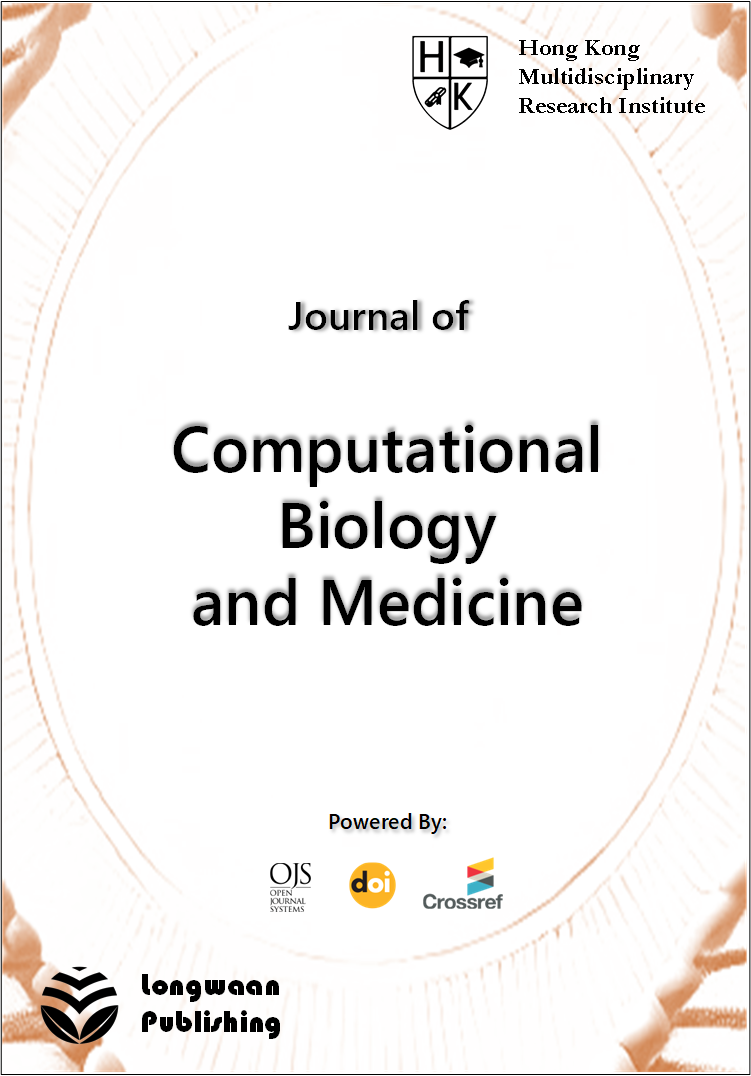Published 2025-01-17
Keywords
- Capillary Transport,
- Microfluidics,
- Porous Materials,
- Dynamic Bayesian Networks,
- Flow Behavior
How to Cite
Abstract
Capillary transport is a critical process in various scientific and engineering applications, such as microfluidics and porous materials characterization. Understanding and accurately modeling capillary transport phenomena are essential for optimizing these applications. However, the current state of research in this field faces challenges due to the complex and dynamic nature of capillary flow behavior. This paper addresses these challenges by proposing a novel approach based on Dynamic Bayesian Networks (DBNs) to model capillary transport. The innovative aspect of this work lies in the integration of DBNs with capillary flow mechanisms, providing a more comprehensive and accurate representation of the transport process. The study presents a detailed analysis of the methodology and its application in predicting capillary flow behavior. Overall, this research contributes to advancing the understanding and modeling of capillary transport processes, offering valuable insights for future studies in this area.
References
- K. P. Murphy and S. J. Russell, "Dynamic bayesian networks: representation, inference and learning," University of California, Berkeley, 2002.
- A. Doucet et al., "Rao-Blackwellised Particle Filtering for Dynamic Bayesian Networks," Conference on Uncertainty in Artificial Intelligence, 2000.
- O. Kammouh et al., "Probabilistic framework to evaluate the resilience of engineering systems using Bayesian and dynamic Bayesian networks," Reliability Engineering & System Safety, 2020.
- M. Jafari et al., "Reliability evaluation of fire alarm systems using dynamic Bayesian networks and fuzzy fault tree analysis," Journal of Loss Prevention in The Process Industries, 2020.
- I. P. Gomes and D. Wolf, "Health Monitoring System for Autonomous Vehicles using Dynamic Bayesian Networks for Diagnosis and Prognosis," Journal of Intelligent and Robotic Systems, 2020.
- B. Cai et al., "A Dynamic-Bayesian-Networks-Based Resilience Assessment Approach of Structure Systems: Subsea Oil and Gas Pipelines as A Case Study," China Ocean engineering, 2020.
- K. Micadei et al., "Experimental Validation of Fully Quantum Fluctuation Theorems Using Dynamic Bayesian Networks," Physical Review Letters, 2020.
- H. Yan and D. Shao, ‘Enhancing Transformer Training Efficiency with Dynamic Dropout’, Nov. 05, 2024, arXiv: arXiv:2411.03236. doi: 10.48550/arXiv.2411.03236.
- H. Liu et al., "Modeling of Wastewater Treatment Processes Using Dynamic Bayesian Networks Based on Fuzzy PLS," IEEE Access, 2020.
- A. Al-Shammari et al., "An integrated method for quantitative morphometry and oxygen transport modelling in striated muscle," 2018.
- T. Tranter et al., "Pore Network Modelling of Capillary Transport and Relative Diffusivity in Gas Diffusion Layers with Patterned Wettability," *Journal of the Electrochemical Society*, 2020.
- T. Sanchez et al., "Modelling capillary effects on the reactive transport of chloride ions in cementitious materials," *Cement and Concrete Research*, vol. 131, 2020.

